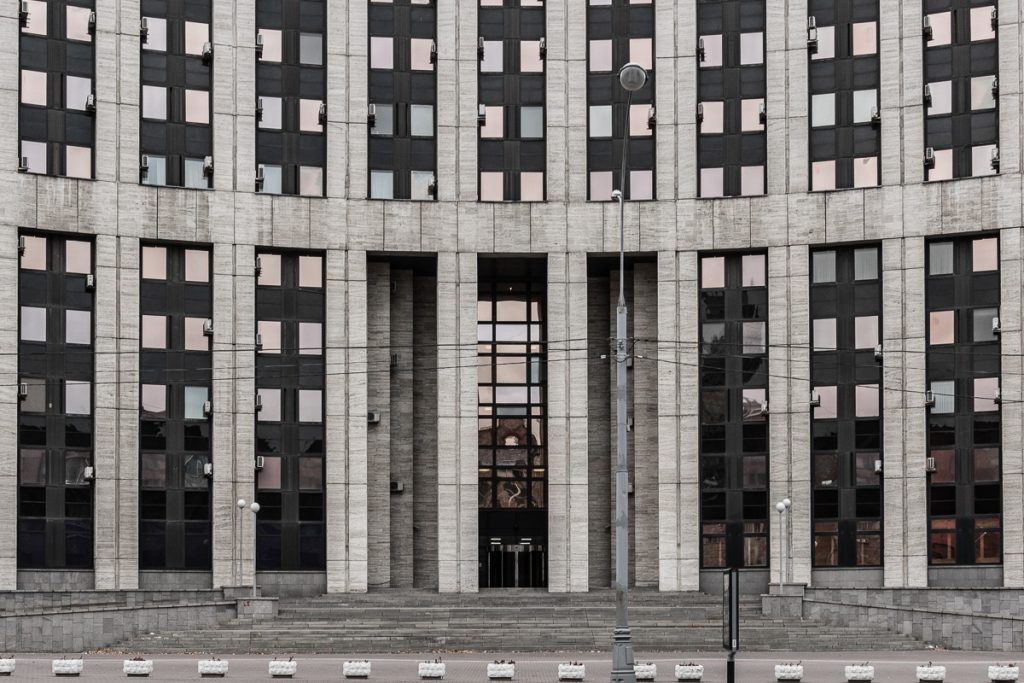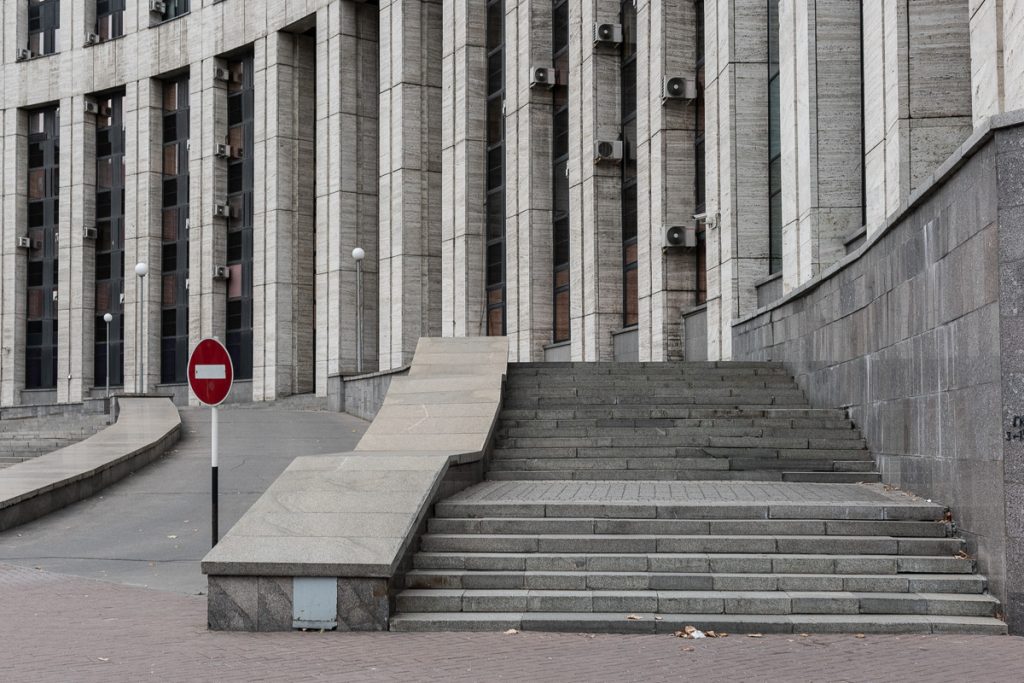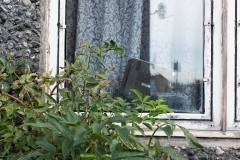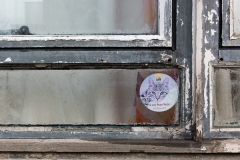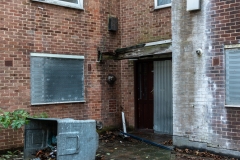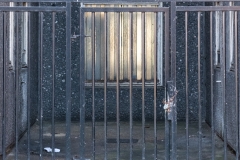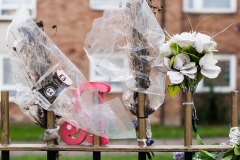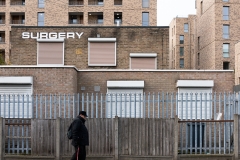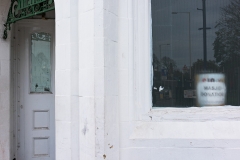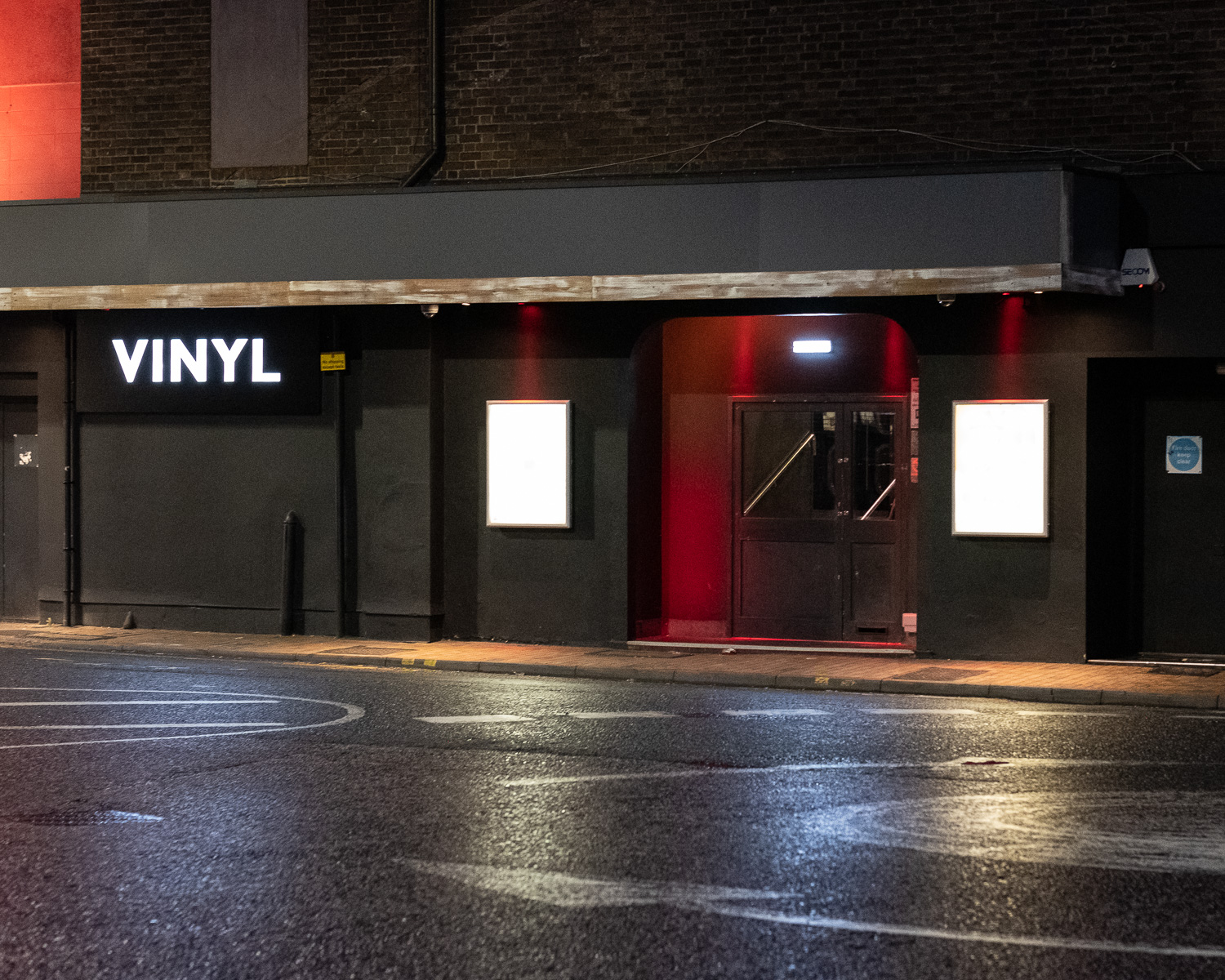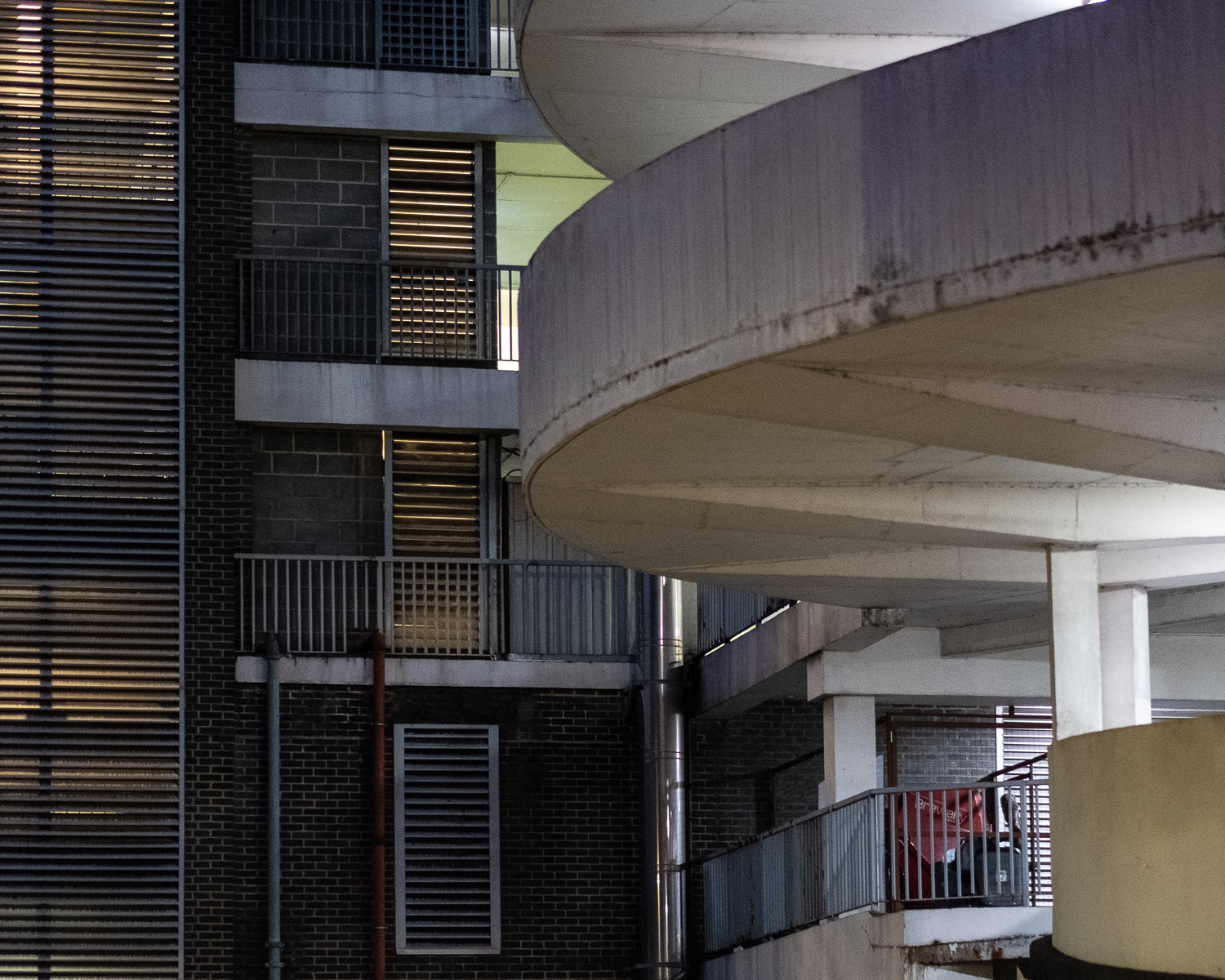Week 7: Innovative Distribution
To mark my shift from sociologist to photographer (or maybe sociologist/photographer to photographer/sociologist) I have repurposed some of my academic business cards by printing images on the ‘back’. Maybe not particularly innovative, but it has worked for me. My three outings in my photographer identity in the past week have been really productive:
- A successful workshop with urban development planning students on Friday – half the group have just said that they are using photographic image making as their primary research tool in their forthcoming project;
- Fieldwork on Wednesday with ‘Rooms of our Own’ at the Feminist Library (which I found has some of my own teaching materials and course readers) leading to a follow-up session to make images of the library before it moves to its new premises;
- Leading a discussion on Thursday with community groups on Heritage and Well-being in East London at the Creating Connections session in Stratford, which has given enough photographic project opportunities to last a lifetime.
Romford
Artists’ websites for DPU workshop (and FMP development)
Accessed 02.11.18
Bill Stephenson, 1988, Streets in the Sky, Park Hill and Hyde Park Flats, Sheffield. https://billstephenson.co.uk/social-documentary/streets-in-the-sky-hyde-park-flats-1988/
Roger Mayne, Urban Landscape. http://www.rogermayne.com/urbanlandscape/urban.html
Dana Lixenberg, 1993-2015, Imperial Courts. http://www.imperialcourtsproject.com/
Nicola Muirhead, In Brutal Presence. https://www.nicolamuirhead.com/inbrutalpresence
Richard Ansett, 2017, Children of Grenfell. http://richardansett.blogspot.com/2017/12/children-of-grenfell.html
Endia Beal, 2016, Am I What You Are Looking For? http://endiabeal.com/#!/upcoming-projects
Charlie Clift, 2018, Portrait of Brixton. https://www.charliecliftphotography.com/work/portrait-of-brixton/
Wendy Ewald, 2003-6, Towards a Promised Land, Margate. http://wendyewald.com/portfolio/margate-towards-a-promised-land/
Toward a Concrete Utopia, 2018, MOMA, New York. https://www.moma.org/calendar/exhibitions/3931
Valentin Jeck. http://www.jeck.ch/
Graham Smith. http://theymadethislondon.com/photography/graham-smith
Kaylynn Deveney, 2007, The Day-to-Day Life of Albert Hastings. https://kaylynndeveney.com/the-day-to-day-life-of-albert-hastings/
Julian Germain. http://www.juliangermain.com/projects/foreveryminute.php http://www.juliangermain.com/projects/no-olho.php
Edmund Clark, 2015-17, In Place of Hate. https://www.edmundclark.com/works/in-place-of-hate/#1
Photovoice. https://photovoice.org/
Photography Workshop, MSc in Urban Development Planning, 2nd November 2018
My workshop formed part of the preparation for fieldwork with community groups starting next week, which provides the basis for the coursework for this practice-based module on the MSc in Urban Development Planning. The orientation of the module is indicated by this statement from the programme notes:
The impact of this [Opportunity Area based, profit-driven] development approach on communities across London has been overwhelmingly negative, leading to a significant loss of social housing, green space and community facilities. Throughout the planning system, little weight has been given to the impact of such development models on the existing and historical socio-economic fabric of London. In fact, such negative effects on local communities have worsened despite on-going rhetorical commitment to address deprivation, exclusion, discrimination and social inequality, creating a paradox at the heart of London planning. This project asks: What is the role of planning in reinforcing this reality and how might planning in London better respond to the diverse needs and aspirations of all Londoners?
My workshop session followed a session on research design, interviews and focus groups by Ignacia Osul, a recent PhD graduate from DPU. She introduced the session by talking about her own study. Most striking, for me, about this work is the use she made of participant photography, using images produced by local people to explore the nature, and politics, of home-making in the community. These images were placed along timelines to get a sense of day to day activities, and priorities were explored with participants. She also explored activities that participants felt could not be photographed (for reasons of safety and privacy, for instance), asking them to draw or otherwise represent these activities. Lots to learn for my own project. The session also reinforced the resonance of the participatory approach taken by the DPU and my own (academic and photographic) work. There is a short film and description of the early stages of Ignacia’s work is here.
My workshop ran for 3 hours, and comprised of an introduction to my photographic work, discussion of the uses of photography in research and practice, and critical engagement with the work of a number of contemporary photographic artists (see list here), interspersed by group activities and feedback. Description of the session as follows:
In this session we will explore the use of photography (and other media) as both an element in the social research process and in the mediation of the outcomes of research. By engaging with examples of the work of photographers engaged with understanding the lives of communities and individuals we will consider how photography might play a part in our own work as practitioners and researchers, and in your forthcoming fieldwork. We will also consider how still images can be used in conjunction with other media (text, maps, data visualisation, video, audio) and how we engage with readers and audiences (through print, exhibitions, online, social media).
I set a preparatory activity, which everyone did.
Take a number of images of the area in which you live (either digital camera or phone images are fine – make sure you have a way of showing and sharing the images with others). Select four that you think give a sense of the place and/or say something about your relationship to, experience of and feelings about the area. Be prepared to discuss the four images with other members of the group at the workshop. Do the task quickly – don’t overthink it.
These images were used in the following activity:
Take turns to present your images to the group. Talk about each image, and consider what you hoped the image would represent and communicate. How do the images work together? Do they need captions or a commentary, can they be combined in different ways to carry a different message, is there anything missing, or misleading, are there any technical issues that you would want to address? Select one image that best expresses what you want to communicate about the place. What makes it the best image? Summarise the discussion and note down issues to raise in a whole group plenary.
The session went very well, and was enthusiastically received (pretty good for a Friday afternoon). The group appeared to be inspired to actively consider how image making can be incorporated into their work. We generated a number of ideas about work that could be done with each of the community partners. I will join one of the groups (Rooms of our Own, a social enterprise advocating for funding of women’s spaces) next week, and will meet with all the groups, and accompany them on fieldwork, over the next month. In addition to the opportunities generated with the community partners, other possible sites for my project work were identified, and I’ll follow these up next week.
V&A East project
Keeping an eye on developments around the Olympic Park. The build for V&A East will fall outside the timescale for my final project, but is indicative of the scale and scope of development on the site
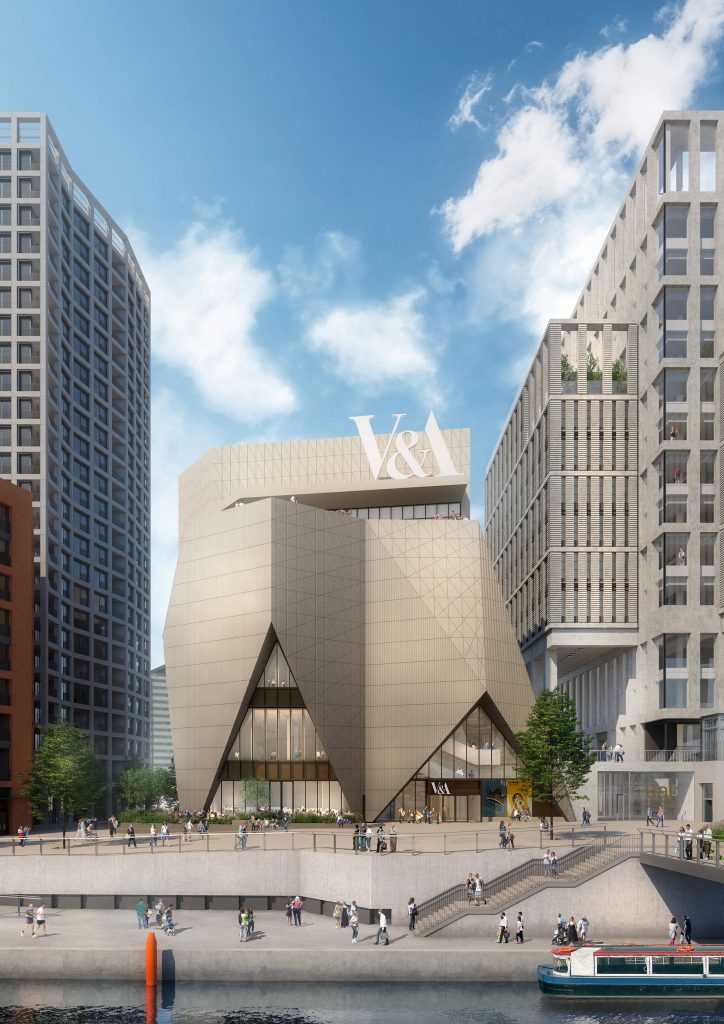
As plans for this and other Eastbank project develop, there will need to be consultation with local residents, and involvement of other stakeholders (including discussion at the London Prosperity Board).
Week 6: Reflection
The focus for activity this week has been on production of a draft presentation. Unfortunately, the timing of webinars has meant that I haven’t been able to present my work to others in the group (a process that I found really useful in the first module). Just by chance this has coincided with running a photography workshop for students starting fieldwork on the UCL Bartlett Development Planning Unit (DPU) MSc in Urban Development Planning. The purpose of the workshop was to explore how photography could be used in urban planning research and social impact analysis from initial reconnaissance through the design and conduct of the study to dissemination of outcomes (more detailed reflection on the workshop and follow up activities is in the project development section of my CRJ here). The close relationship with plans for my final major project meant that I could present and discuss my current and planned work, and critically analyse with the group the photographic work that influences what I am doing, and might inform their own production and use of images. Whilst not exactly a replacement for giving the draft presentation at the webinar (the workshop was 3 hours with three group activities and 106 slides, mostly images, not 10 minutes!), it did give me the opportunity to pull together relevant resources and get some feedback on my own work and analysis. I now want to revise my presentation and get some feedback from tutors if possible.
The major progress this week has been in making contacts and developing networks relating to my project. A discussion with Richard from JustSpace has generated new possibilities for working with community groups (a consortium of market traders campaigning around the effects of regeneration on London markets, the campaign of the Pueblito Paisa market in Haringey against a compulsory purchase order, and resident campaigns on two estates undergoing regeneration and development in Barking and Dagenham). The follow up to the MSc workshop involves accompanying students on fieldwork with three community groups, the first of which is Rooms of our Own at the Feminist Library next week). I am also now in contact with the Students’ Union volunteer photographers, and will arrange to meet with them shortly.
I haven’t, unfortunately, been able to make any new images this week. I need to do that over the coming fortnight so that my work-in-progress portfolio represents my current and emerging interests and approach. I’ll also be doing some printing in the coming week to be able to take some work to Paris for discussion.
Archived Positions and Practice Work in Progress Portfolio
Starting to put together the work in progress portfolio for Sustainable Prospects. In order to use portfoliobox to explore new ways of presenting my work, I’m going to have to decommission my Positions and Practice portfolio. Thought it would be good to archive that here. These photographs were intended to be presented as vertical triptychs. For the portfolio, I put these together as two grids. The ‘Out of Sight’ images are here and the ‘Contested Development’ images are here.


Martin Parr Foundation
Bristol Paintworks, 27th October 2018.
Great to meet up with Jesse, Paul and fellow students (and a graduate) on the MA at the Martin Parr Foundation in Bristol on Saturday. Terrific collection of photobooks (from Chris Killip’s and other collections: Martin’s massive collection now with the Tate), Martin’s archive, work he has collected by other photographers, and an excellent exhibition space (current exhibition is Paul Trevor’s ‘In Your Face‘). There is a lot to explore here, but standouts for me on this initial visit are Graham Smith’s prints with handwritten narrative by him on the back of each one (Martin’s assistant, Louis, reading one of these below).
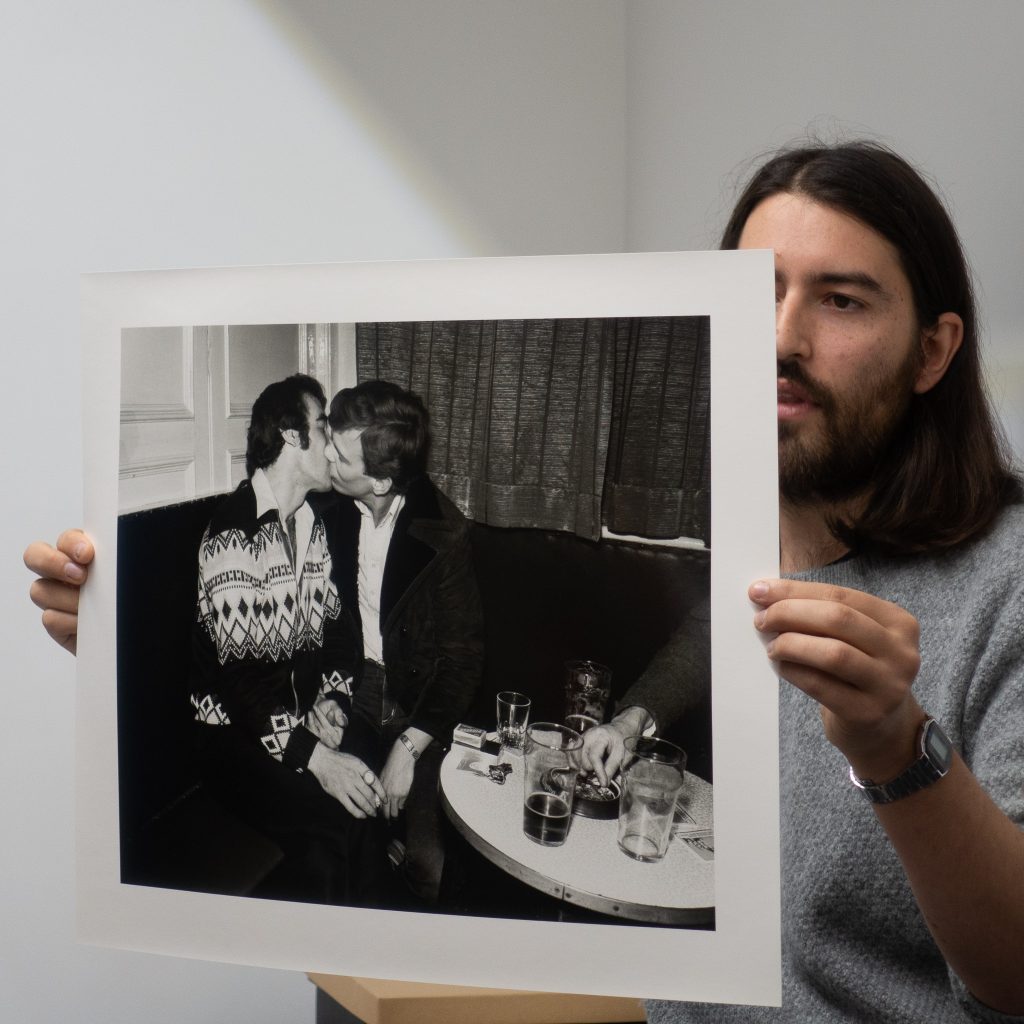
And the dummies of photobooks, giving insight into the process of putting a book together. Julian Germain’s dummy for ‘For Every Minute You Are Angry You Lose 60 Seconds of Happiness’ is a work of art in it’s own right (see this and final book below).

And a lovely small book with short story by Ahndraya Parlato & Greg Halpern, which presented an interesting way of combining images and fiction.

For my own work, I’m certainly going to explore Graham Smith’s work more closely, particularly in how he comes to understand and describe the lives of individuals and communities in a particular area (industrial Middlesborough, in this case). Notable that he moved away from photography when his images were misused in the press (to represent working class people negatively), which he felt had compromised his commitment to the community and the trust they had placed in him. And creating dummy books is a good activity for workshops with residents and community groups. Will explore the subscription scheme when it is launched.
Toward a Concrete Utopia
Toward a Concrete Utopia: Architecture in Yugoslavia 1948-1980, Museum of Modern Art, New York, 11th October 2018
Another exhibition that combines a variety of modes (text, drawings, diagrams, maps, films, photography) to explore complex issues (ideology, the built environment, equity, quality of life, and the aspirations of non-aligned nations). My own work is not, of course, at anywhere near this scale, but will combine photography with maps, diagrams and text, and possibly sound and video. This exhibition has an number of organisational strands running through it, relating to time, sector (for instance, health, government and education) and location. These are drawn together under the theme of exploration of the aspiration to find a socialist and anti-colonial ‘third way’ in the development of a nation, that aligns with neither east (soviet communism) nor west (capitalism). The exhibition includes a number of large photographs (commissioned for the exhibition) by Valentin Jeck.
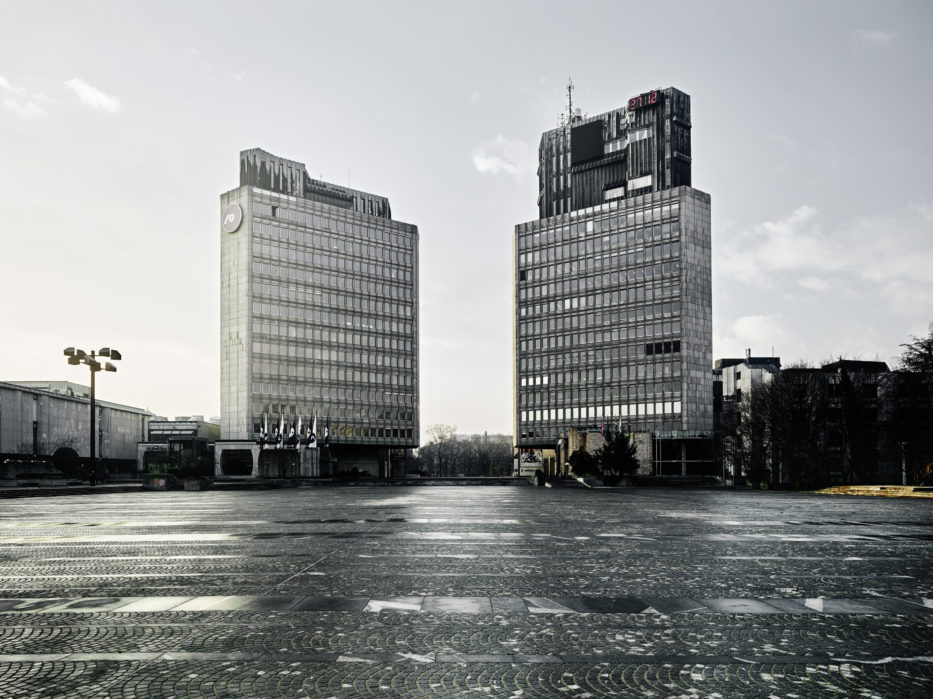

These images give a sense of the scale of the brutalist architecture and of aspirations, both as a nation and as the source of a particular form of modernism. As well as drawing inspiration from the form of the exhibition, I would like to experiment with photographing brutalist (and other modernist) architecture in London, including examples in areas in the throes of regeneration. Would have been good to have had more time in Moscow to have done some architectural photography (images from around the International Investment Bank below from Week 5 challenge).
